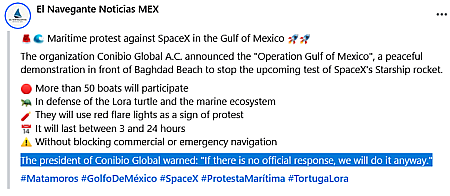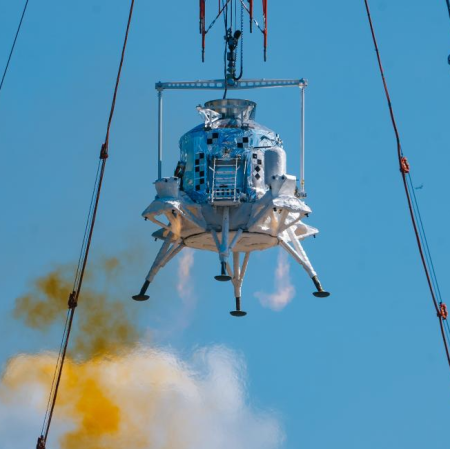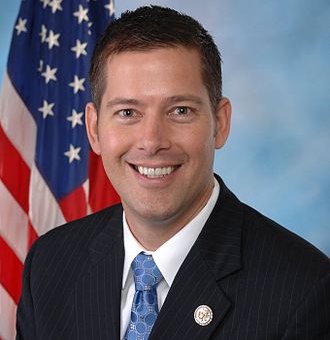China launches seven classified satellites
China today successfully placed seven satellites into orbit, its Kinetica-1 (or Lijian-1) rocket lifting off from its Jiuquan spaceport in northwest China.
No word on where the rocket’s lower stages crashed inside China. Its state-run press provided almost no information about the launch, except for trumpeting the fact that it lifted off from the launchpad at Jiuquan that China has built for its pseudo-commercial companies. The rocket itself however is built by pseudo-company CAS Space, which is simply a division created by the government-run Chinese Academy of Sciences.
The leaders in the 2025 launch race:
101 SpaceX
47 China
11 Rocket Lab
9 Russia
SpaceX still leads the rest of the world in successful launches, 101 to 80.
China today successfully placed seven satellites into orbit, its Kinetica-1 (or Lijian-1) rocket lifting off from its Jiuquan spaceport in northwest China.
No word on where the rocket’s lower stages crashed inside China. Its state-run press provided almost no information about the launch, except for trumpeting the fact that it lifted off from the launchpad at Jiuquan that China has built for its pseudo-commercial companies. The rocket itself however is built by pseudo-company CAS Space, which is simply a division created by the government-run Chinese Academy of Sciences.
The leaders in the 2025 launch race:
101 SpaceX
47 China
11 Rocket Lab
9 Russia
SpaceX still leads the rest of the world in successful launches, 101 to 80.













